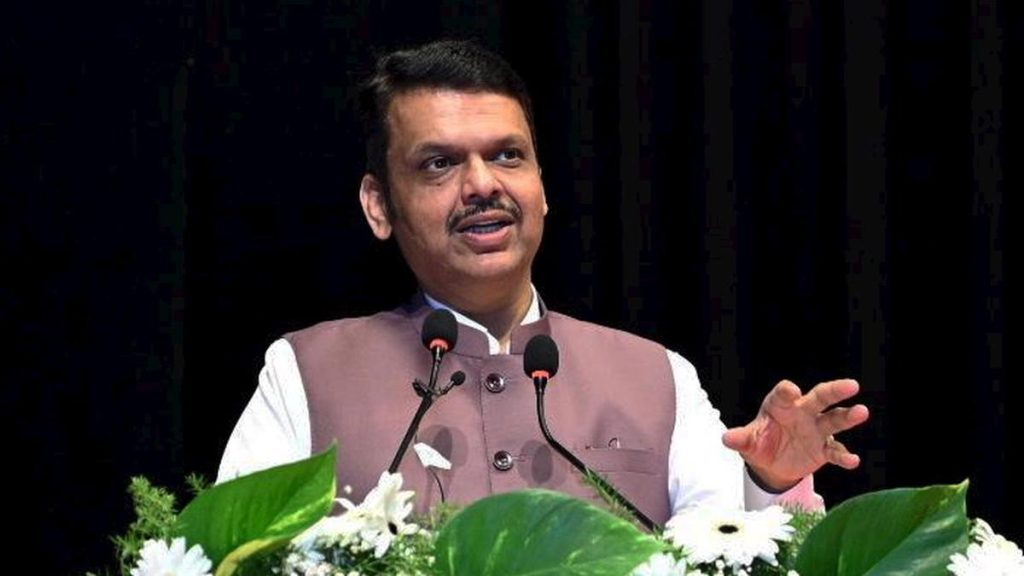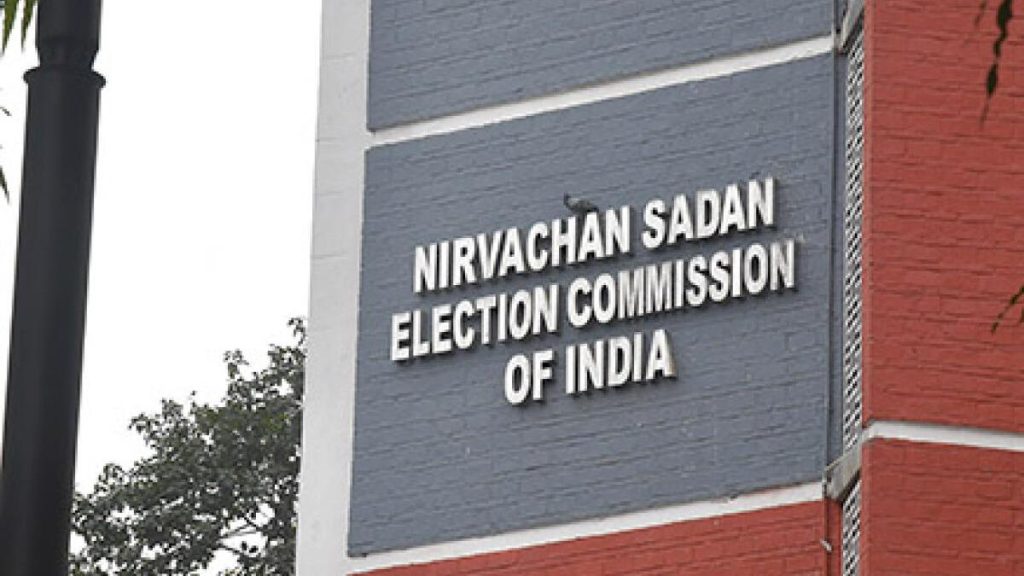Now Reading: Bridges in Belagavi Submerged as Maharashtra Releases Water
-
01
Bridges in Belagavi Submerged as Maharashtra Releases Water
Bridges in Belagavi Submerged as Maharashtra Releases Water
Swift Summary:
- Heavy water release from Maharashtra into the Krishna River and its tributaries has submerged eight bridge-cum-barrages in Belagavi district, Karnataka.
– Affected villages include Mallikwad, Bhoj, Examba, Bharwad, Kunnur, Jatrat, Kallol, and Manjari.
- Roads passing through these bridges were shut by police; commuters have started using choice routes.
- Public Works Minister Satish Jarkiholi inspected the submerged Kudchi bridge and noted that water inflow could exceed 1.1 lakh cusecs (10 tmcft).
– He directed revenue and irrigation officers to stay in constant contact with Maharashtra regarding sudden releases of water.
– the Minister assured that construction of a taller bridge at Kudchi would be completed within a year.
- Key reservoir updates:
– lal Bahadur Shastri Reservoir (Almatti): Outflow increased to 1.15 lakh cusecs; current storage is at 71% of full capacity (123 tmcft).- Basava Sagar Dam (Narayanpur): Inflow at ~1.15 lakh cusecs; storage is at ~81% of full capacity (33.31 tmcft).- Raja Lakhamagouda Reservoir: Inflow noted as ~19,746 cusecs; current storage is ~38 tmcft out of full capacity of 51 tmcft.
– Renuka Sagar Dam: Storage stands at ~21.6 tmcft against its maximum capacity (37.31 tmcft); inflow recorded as ~9,437 cusecs.
Image Description: Public Works Minister Satish Jarkiholi inspects work on the new Kudchi bridge between Ugar and Kudchi in belagavi district on Monday.
Indian Opinion Analysis:
The submergence of key infrastructure such as bridges due to heightened release from upstream reservoirs underscores the critical need for IndiaS inter-state coordination over river management during monsoon seasons-a recurring challenge faced by riparian states like Karnataka and Maharashtra. The move by local authorities to redirect traffic demonstrates responsive risk mitigation measures but highlights continued vulnerabilities due to aging or inadequate infrastructure along flood-prone zones.
Minister Satish Jarkiholi’s visit highlights governmental awareness while his directives for proactive communication with upstream counterparts reflect practical caution amidst increasing water levels across major reservoirs like Almatti and Narayanpur dams-both vital for irrigation and drinking supplies across southern Karnataka.
The declaration regarding a taller replacement bridge near Kudchi signals progress toward longer-term resilience planning but brings into focus concerns over delays or gaps untill completion within a year-potentially impacting local connectivity throughout future high-water events if flooding persists seasonally.
For continued regional stability along shared waterways such as Krishna River systems-including smaller tributary dams-the detailed monitoring figures outlined here illuminate how crucial predictive measures are for safeguarding downstream resources while avoiding abrupt disruptions affecting both communities & economy alike.
Read More – https://www.thehindu.com/theme/images/th-online/1x1_spacer.png

























